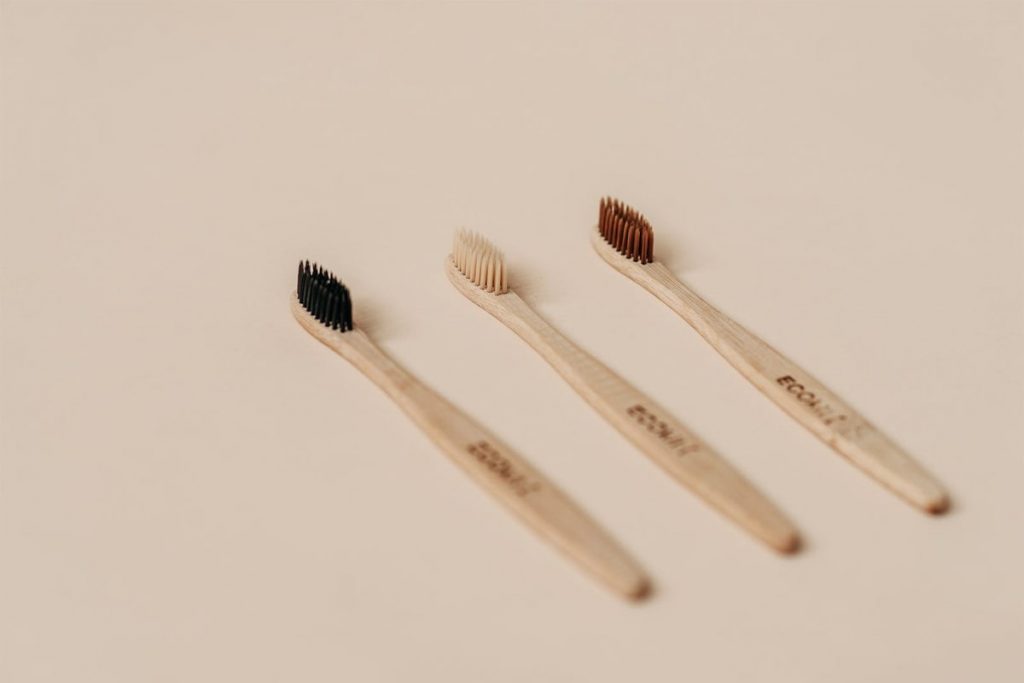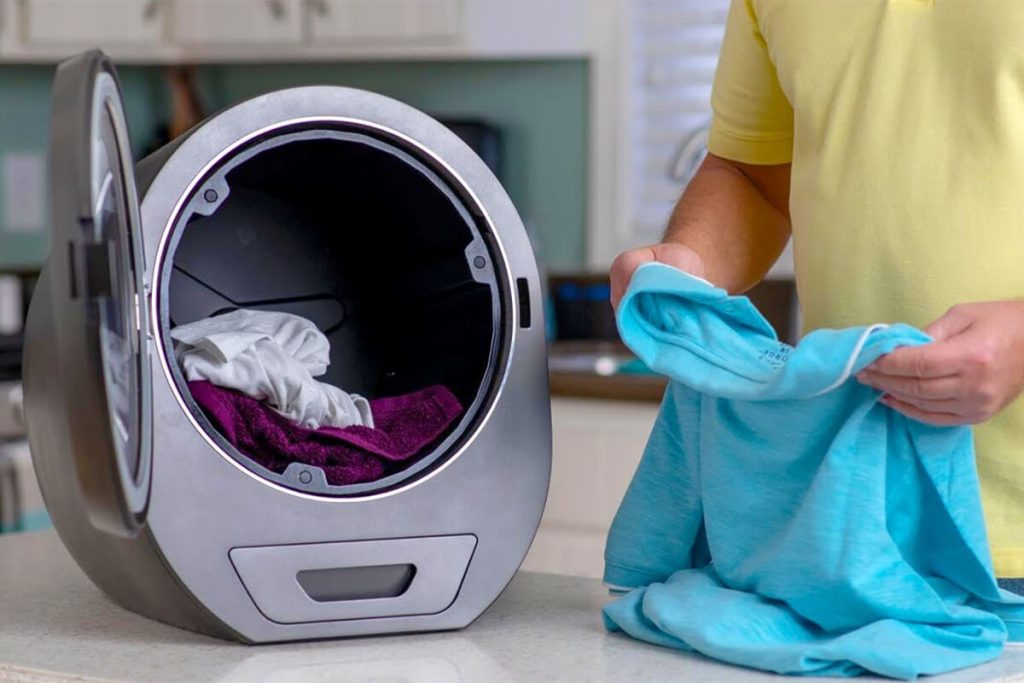Composting is an eco-friendly alternative to traditional litter disposal. It involves converting organic materials into compost, a nutrient-rich soil amendment we can use in gardens and landscaping. While there are many benefits to composting for humans, there are also many advantages for cats. Read on to learn more about composting with your cat.
What is Composting?
-
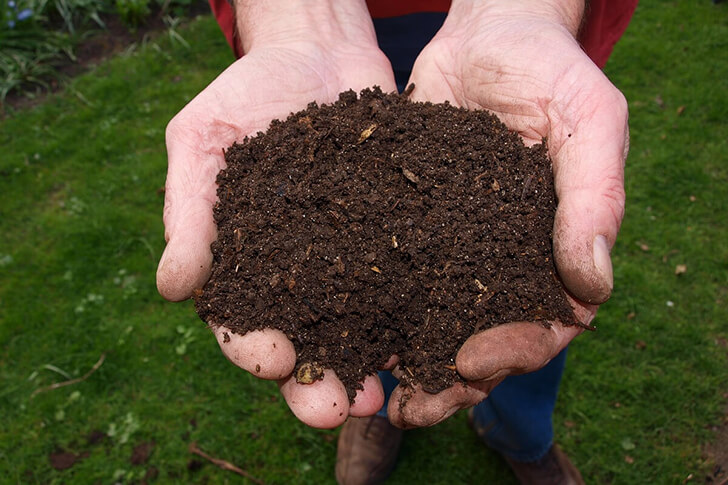
- Jokevanderleij8 / Pixabay
Composting is a natural process in which organic material breaks down and decomposes into a nutrient-rich soil amendment. Organic materials include food scraps, yard clippings, and animal manures. These materials' decomposition produces compost, an effective fertilizer, perfect for gardens and landscaping.
How Can You Benefits from Composting
Composting has many benefits for human health and the environment. It reduces the amount of waste sent to landfill sites, which can reduce air and water pollution; it also helps conserve water and energy since less energy is required to process the organic material. In addition, composted material can improve soil fertility and structure, reducing the need for chemical fertilizers and pesticides. Finally, composting helps keep cats healthy by providing a clean and odorless litterbox environment.
How To Choose the Best Litter for Composting?
Organic Materials
-
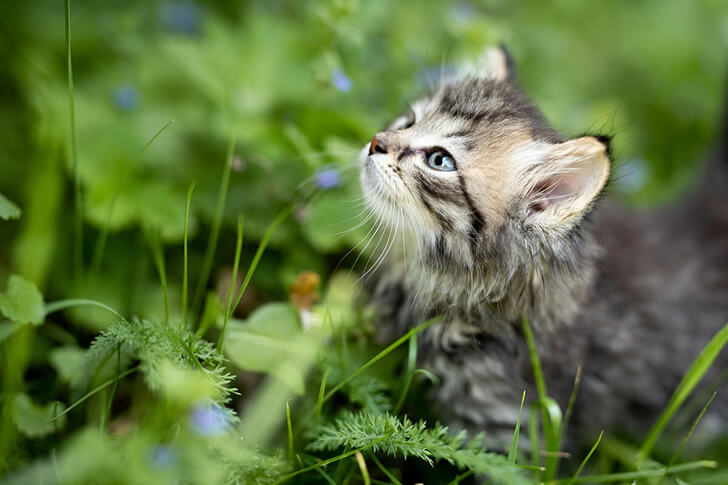
- Imazite / Pixabay
Organic materials such as grass clippings, plant cuttings, and vegetable scraps are ideal for cat litter composting. These highly absorbent materials will help keep the litterbox fresh and odorless. Additionally, you can add sawdust or wood shavings to help absorb any excess moisture and add extra aeration to the litterbox.
Non-Organic Materials
In addition to organic materials, we can use non-organic items such as newspaper, wood chips, or shredded paper for cat litter composting. These materials will help absorb any odors while creating a comfortable environment for your cat's litterbox needs.
Preparing a Composting Toilet for Your Cat
-
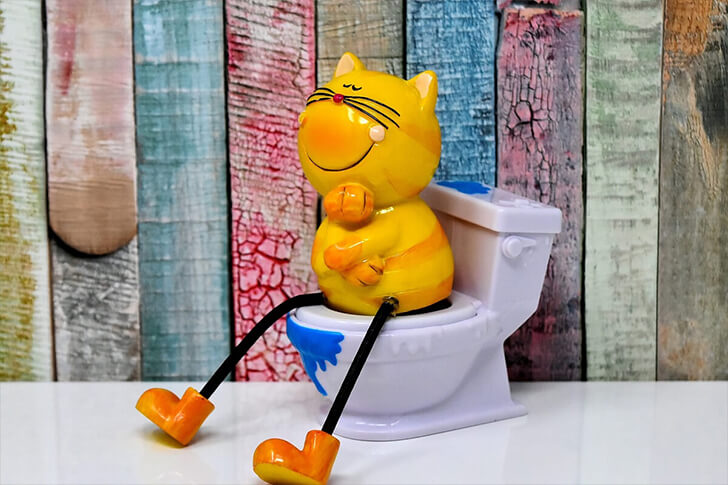
- Alexas_Fotos / Pixabay
Collecting Supplies
Before you begin your composting project, collect your supplies. You'll need an appropriate container for your cat's litterbox (such as a plastic bin or bucket); organic materials such as grass clippings and plant cuttings; non-organic items such as newspaper or wood chips; a scoop/rake to remove solids; and any additional supplies you may need such as sawdust or wood shavings for extra aeration or heat pads for insulation during cold weather months.
Setting Up
Once we have all your supplies gathered, we're ready to begin setting up your composting toilet for the cat. Start by filling the bottom of the container with 2-3 inches of organic material (enough to cover the bottom). Add 1-2 inches of non-organic materials, such as paper or wood chips, atop the organic material layer. Then add 2 inches of kitty litter on top of that—this will provide an additional layer of absorption and help reduce odors associated with cat waste (be sure to select a non-clumping clumping variety). Finally, use the scoop/rake to mix everything until it evenly disperses throughout the litterbox—this will help ensure that all areas get properly aerated and that no pockets remain stagnant or undisturbed (Note: if using sawdust or wood shavings for extra aeration, mix these in as well).
Training Your Cat
After setting up the composting toilet, you'll want to begin training your cat how to use it properly so that it remains clean and odorless at all times. Start by placing your cat in her litterbox—she may be hesitant at first, so make sure that she has plenty of treats nearby so she associates her toilet with something positive! Once she's comfortable using her new toilet, start introducing her to the scoop/rake so she learns how to move solids out of the way when necessary (for example, when it's time to add more kitty litter). She'll soon get the hang of it with some patience and practice.
How to Maintain a Composting Toilet
-
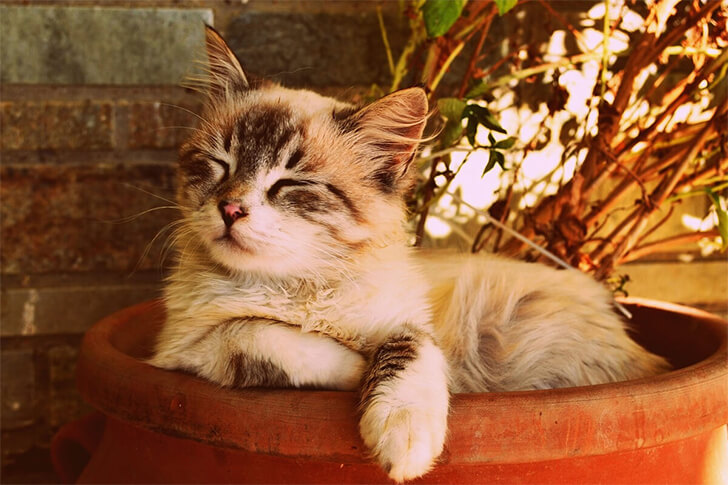
- Dana Tentis / Pixabay
Regular Cleaning and Maintenance
A compost toilet requires regular cleaning and maintenance to stay clean and odorless. Make sure that you are scooping out solid waste at least 2-3 times per week (more frequently if necessary) so that odors do not build up in between uses; also consider removing larger chunks manually from time to time so their decomposition does not take away from other items attempting to breakdown in the box itself. Additionally, ensure that you are stirring your compost regularly—this will help ensure proper aeration throughout all layers, encouraging better decomposition over time! Consider adding sawdust or wood shavings on top of each new layer before adding fresh kitty litter—this will give it some extra cushion and absorb any moisture between uses.
Monitoring Compost Levels
It's essential to monitor the levels of our compost regularly as well—we want to ensure enough material at all times. Hence, bacteria have something to break down while allowing airflow throughout layers! We can do this by occasionally testing your compost levels using a pH meter; if levels are too high (indicating too much organic material present), adjust accordingly by adding more non-organic items such as paper or wood chips until pH levels become balanced again.
show more
















